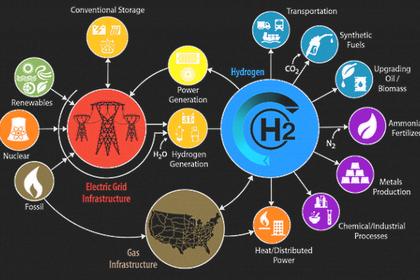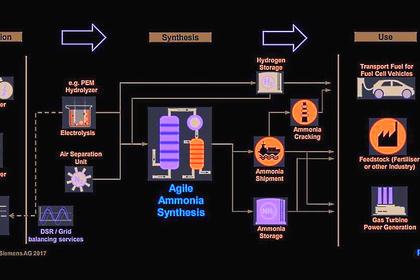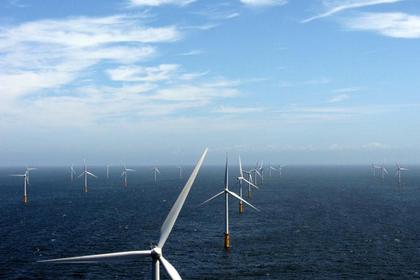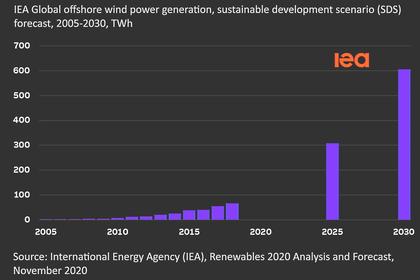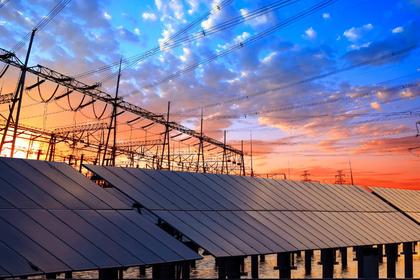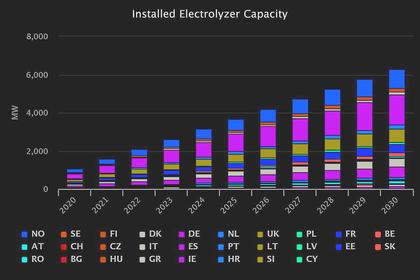
DIGITAL TRENDS FOR CLEAN ENERGY
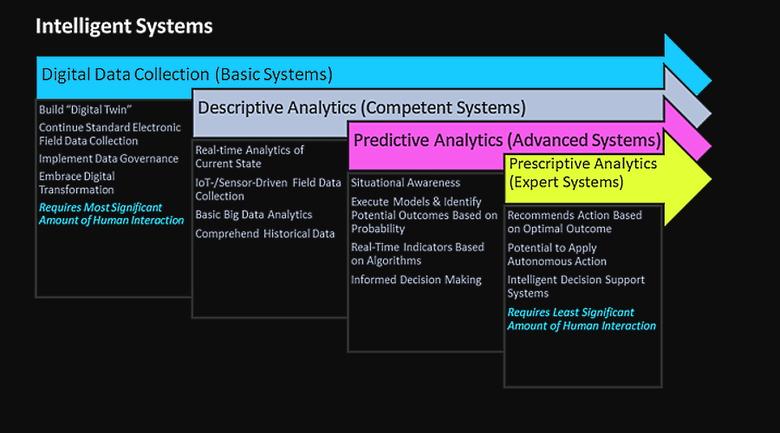
By Shannon Katcher Executive Director, Digitalization and Data GTI
ENERGYCENTRAL- Dec 2, 2020 - Today, utilities are using technology to maximize potential with existing infrastructure and operations. The industry is taking great strides to digitally record assets with high spatial accuracy in three dimensions, using sensors and monitoring devices to provide real-time feedback and analytics, and gaining efficiency in operations.
Energy utilities are also advancing capabilities to analyze data, use it to predict what might happen, and make decisions based on that information, allowing for more agility and scalability as energy systems and consumer expectations change. Things like advanced sensors and edge processing, automated field data collection, AI-based simulations, and new real-time visualization tools – building a digital twin – all can help prepare companies for better decision-making capabilities, and will create significant opportunity for a more optimized and efficient energy industry as a whole.
As these digitalization trends continue, it is important to be confident that the right data is being collected and that its quality is good. The more complex the analysis gets, the more burden there is on the data. Without high-quality, diverse data sets, the analysis will simply not be possible, or could be biased or incomplete.
Increasingly, the industry seeks out not only automations, but also autonomy in operations. For example, enabling a valve to close without human interaction when the appropriate conditions are presented. The future of the industry may be made up of digital agents that either present information to human agents or take action based on trained conditions. In either case, human input and oversight will be critical with a changing energy and economic landscape.
As we move forward into a low-carbon future, disruptive innovations in information technology will help us to more intelligently integrate and transition energy systems. From major energy producers to utilities to big tech companies, significant commitments to carbon reduction and clean energy help to motivate making energy transitions at scale.
To support these commitments, we need to make smarter decisions and be agile with changes, while also presenting data-driven solutions to enable reliability and affordability. Typically, historical data sets are used to train models and predict future conditions. In the energy industry, however, there is tremendous uncertainty and also incredible progress in technology that makes the future much more difficult to predict.
History is not always a good indicator of the future, although there is quite a lot to learn from the past. To that end, the energy industry demands more explainable models and a much more integrated approach. As systems, infrastructure, and resources are integrated, a way to help monitor and control processes in a smarter way is needed.
These integrated systems will still have the same core elements—energy sources provide energy products which will be moved, stored, and used to meet a customer need. To some degree, this will require leveraging our existing assets to get energy where we need it, when we need it – the current infrastructure is fundamental to enabling grid-scale energy transport and storage.
The vast storage capacity of liquid and gas fuels infrastructure can be used to provide robust on-demand energy. There is tremendous value in taking advantage of the decades of investment in the existing infrastructure and capitalizing on it to support quick and cost-effective deployment of new energy assets.
Today’s infrastructure provides a MASSIVE container for gases and fuels, offering reliable, long-distance energy transport, with direct-to-customer delivery and vast storage capacity. We need to be thinking about how we can continue to use these assets to our advantage as systems evolve.
But, to make this possible, R&D planning and investment decisions need to consider the WHOLE energy system and a broad menu of technology pathways. The ability to describe what we have today and simulate changes through advanced analytics to predict outcomes for the future is necessary.
From unconventional gas production, through pipeline operations to monitoring equipment performance and connected homes, a growing mass of data enabled by cutting-edge technology is being analyzed and integrated to create robust models that are easy to interpret and use. Analytical tools organize extensive, detailed data sets in an effective way to offer insights and make information easily accessible and actionable.
As energy systems transition, information technology, data analytics, and digitalization trends will continue to have a greater impact across the energy value chain to drive informed decisions.
-----
This thought leadership article was originally shared with Energy Central's Digital Utility Community Group. The communities are a place where professionals in the power industry can share, learn and connect in a collaborative environment. Join the Digital Utility Community today and learn from others who work in the industry.
Earlier:
